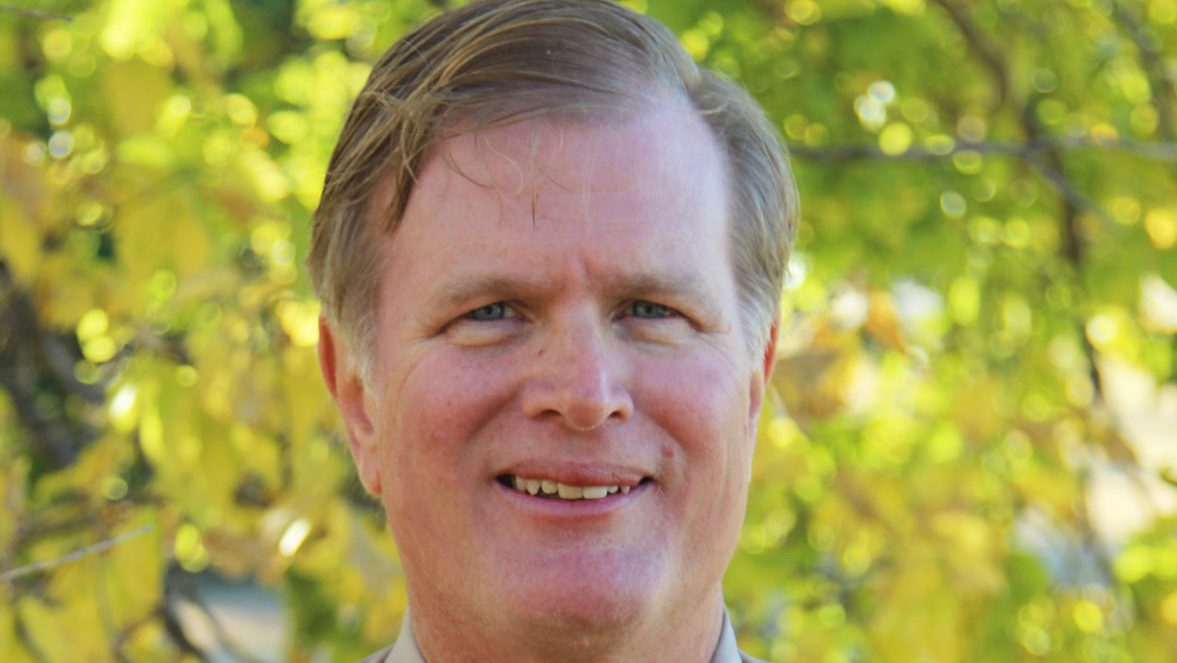COVID-19 remains the top topic of conversation for High Plains residents.
Many schools and colleges have been challenged with preventive action and protocols in case there is an uptick in numbers in facilities. The coronavirus has had a devastating impact on the economy and the bottom line of farmers and ranchers.
Recently, President Donald Trump and Secretary of Agriculture Sonny Perdue announced that up to $14 billion would be made available for agricultural producers who face market disruptions and associated costs of COVID-19, which has created a new normal since mid-March. COVID-19 knows no boundaries on its impact on people’s lives and their livelihoods.
Phase 2 of the Coronavirus Food Assistance Program covers most commodities—grains, dairy or livestock—associated with agriculture. Payments will be made for three categories of commodities—Price Trigger Commodities, Flat-rate Crops and Sales Commodities. Trump and Perdue in their remarks noted that the U.S. Department of Agriculture will use monies made available from the Commodity Credit Corporation Charter Act and CARES Act to support the industry. They noted USDA has incorporated improvements in CFAP 2 based from stakeholder engagement and public feedback to better meet the needs of impacted farmers and ranchers.
Farm and commodity groups noted that producers who serve on their boards have been regularly pressing Washington to make sure programs will do that. Earlier tranches from disputes developed as a result of a trade war to CFAP 1 fell short to help producers who faced significant income reductions. Producers are urged to pursue the CFAP 2, which targets the impact of COVID-19 in 2020. Producers can apply for assistance from Sept. 21 to Dec. 11. Additional information and application forms can be found at farmers.gov/cfap.
As with any other ad-hoc government program it is going to take time to figure how to maximize the benefit to help the individual producer and as a result USDA officials rightfully urge a producer to be thorough in his application process.
This year is one we’d like to put to bed but it still has over three months to go. The aid is going to help producers who not only not have the task of feeding a hungry world but also doing it in a profitable manner. In most cases it is going to require a government subsidy to help keep the ship moving in the right direction.
Some of this might have been predictable yet few knew the depths it might take. Who could have envisioned the cancellations of state fairs, notable rodeos and most recently the National Western Stock Show in Denver, Colorado? We will all have much to learn and it is going to be quite awhile before Americans have full confidence in the entire economic chain. We need to stay confident and bullish on this nation’s future. CFAP 2 can help bridge the gap between now and where we need to be in the future.
Dave Bergmeier can be reached at 620-227-1822 or [email protected].

